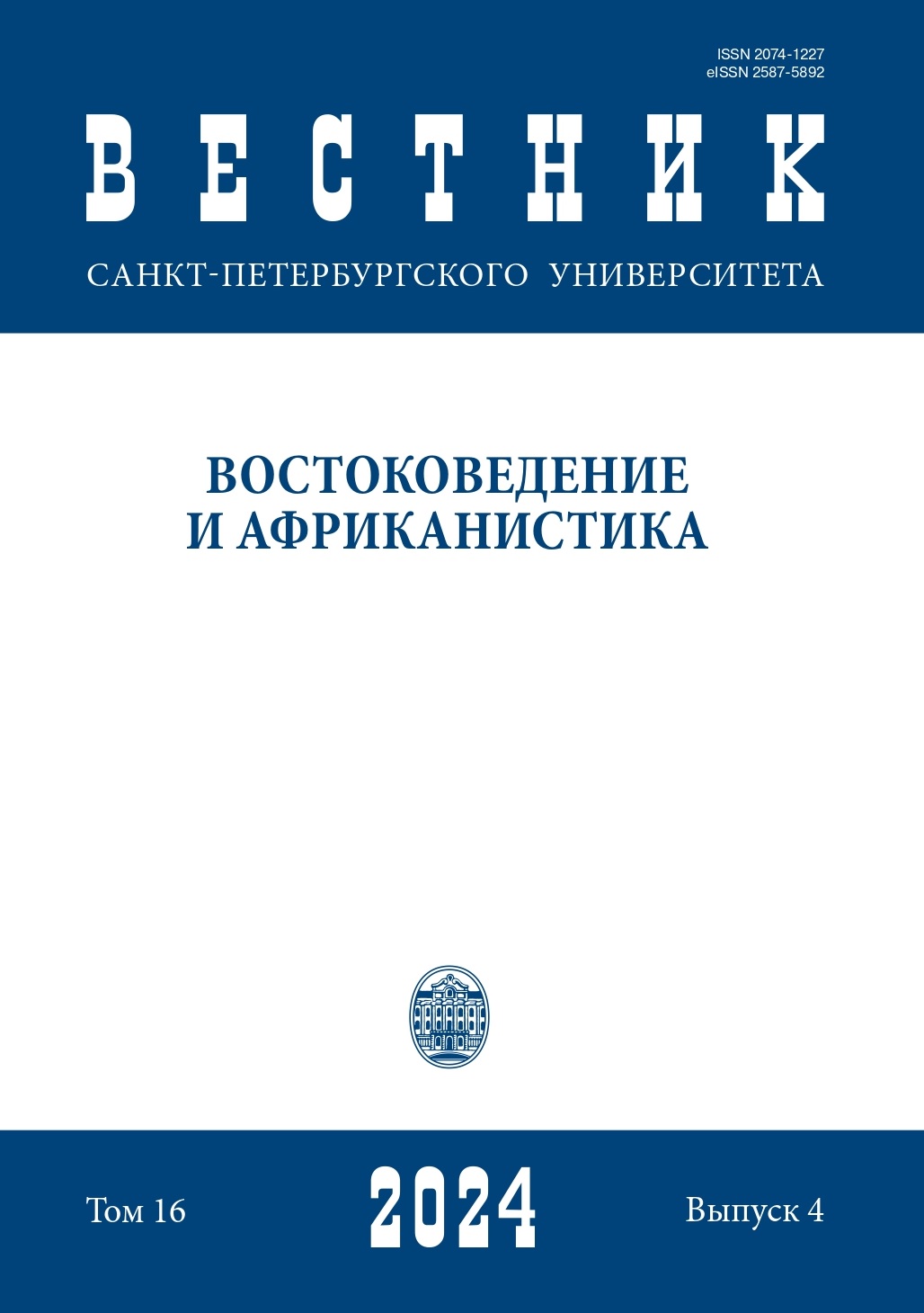Literary Trick as a Passage Uniting the Real and Imaginary Worlds of Fairy (Based on Ghazaros Aghayan Folklore Processes)
DOI:
https://doi.org/10.21638/spbu13.2024.407Abstract
This analysis tends to examine the functional and allegorical interaction of literary trick as a passage connecting the real and imaginary worlds of fairy tales. The article is also aimed at examining the theoretical issue of dream in the folklore processes (here, fairy tales) of the famous Armenian author Ghazaros Aghayan. Fairy tales are also directly related to various psychological functions of a person and their interdisciplinary interpretation. The concepts of passages found in Ghazaros Aghayan’s fairy tales and symbolizing notions like the sound resembling a melody, the telery connection provided by a dog, the binary perceptions of good and evil, black and white, light and dark, the spring, the rainbow, the locked door, the well, the ladder, as well as their corresponding features and functions are analyzed. During the analysis of the fairy tales included in the study the passages connecting the real and imaginary worlds realized through dreams were considered as mythical, psychological and philosophical starting points of the magic background. The study is an interdisciplinary one. The material was analyzed in the context of mutual ties and relationship between folklore, literary studies, ethnography, culture, philosophy and psychology. Such kind of study is carried out for the first time.
Keywords:
fairy tale, passage, Ghazaros Aghayan, folklore processes, literary trick, imaginary world
Downloads
References
Downloads
Published
How to Cite
Issue
Section
License
Articles of "Vestnik of Saint Petersburg University. Asian and African Studies" are open access distributed under the terms of the License Agreement with Saint Petersburg State University, which permits to the authors unrestricted distribution and self-archiving free of charge.





